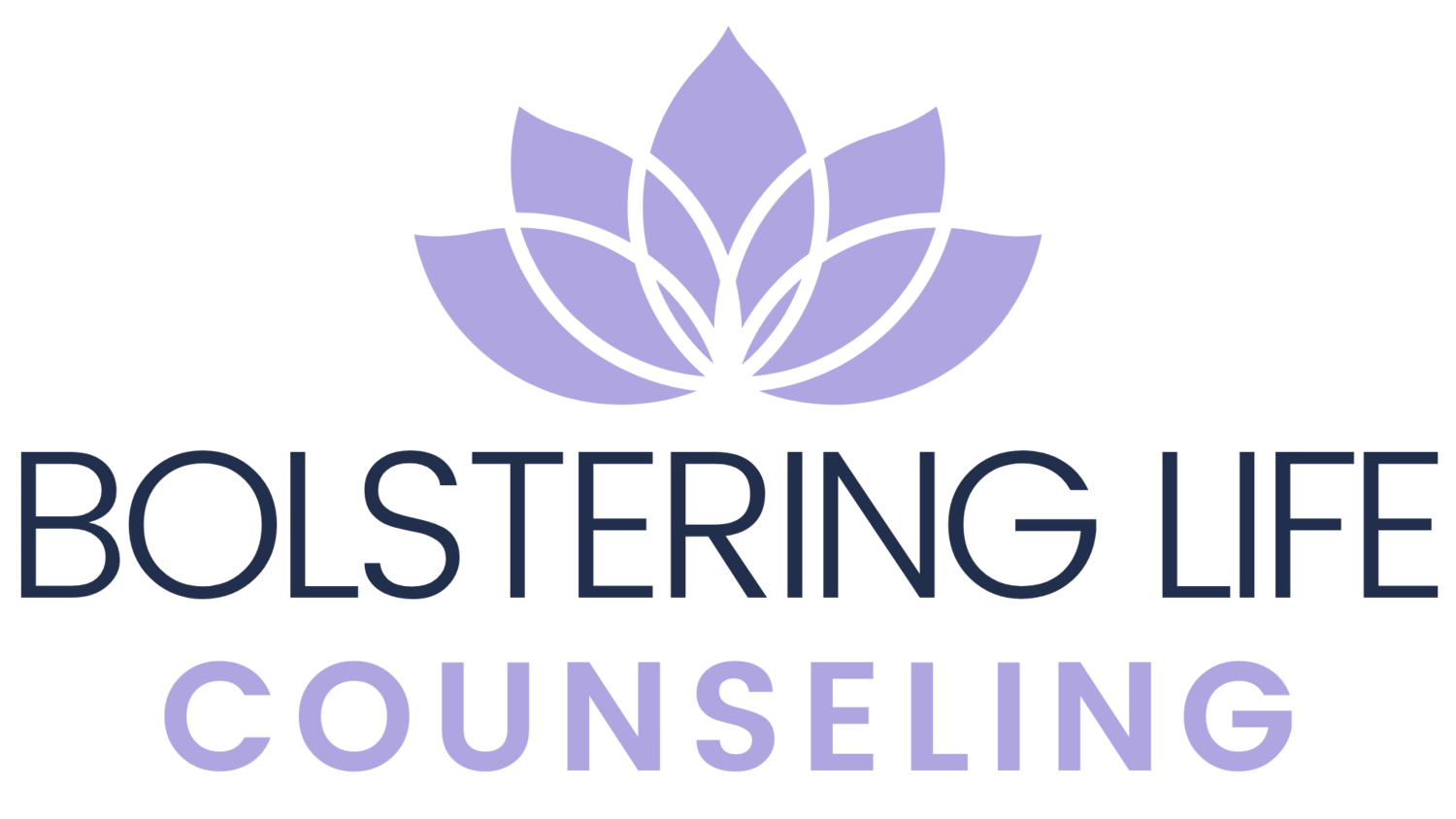Can EMDR heal childhood trauma?
A concise answer is yes. Absolutely I have seen significant healing that impacts a person’s relationships and other aspects of life. Other types of therapy may be needed in addition to EMDR; however I have seen the most progress in a shorter amount of time with EMDR processing.
EMDR works for childhood trauma by processing painful past events where the person felt so badly that a negative core belief was created which is targeted in the processing to “undo” this negative belief and install a positive one as a replacement.
Negative core beliefs sounds like:
I am not lovable
I am not good enough
I should have done something
I am not safe, etc….
An important step of EMDR is Phase 1 which thorough history taking is done with the therapist to identify the troublesome negative core belief and gather all pertinent history that fed that belief.
By undoing the negative core belief and embedding a positive belief, this tends to:
release pain and suffering
changes self view and worth which then impacts one’s relationships and decisions
using one’s voice more assertively
understanding one’s wants and needs
processing unresolved anger towards one’s perpetrator
regaining the ability to trust others
EMDR allows a client to process information appropriate for one’s health and integration. Therefore, if the processing moves to forgiveness, it does not mean the client forgets or condones the perpetrators behavior but rather it entails a sense of empowerment. However, forgiveness is not required and should emerge spontaneously if and when it is ready to do so (i.e. the therapist should never insist or mandate this as part of the healing journey with EMDR)
EMDR can be a powerful tool to heal unresolved childhood trauma and hope you found this article helpful in understanding how it works. If you want to know more, please contact me.
